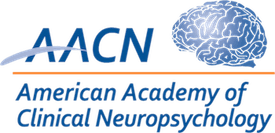Learning Objectives:
1. Describe the role of psychosocial factors in the presentation of post concussion syndrome (PCS) persisting beyond three months following pediatric mild traumatic brain injury (TBI).
2. Discuss the potential contribution of underlying information processing biases to the perception of PCS persisting beyond three months following pediatric mild TBI.
Donlon, K., & Jones, R. T. (2015). Applying a traumatic stress approach to understanding PCS following pediatric mild TBI. Child Neuropsychology, 21(6), 803-822.
